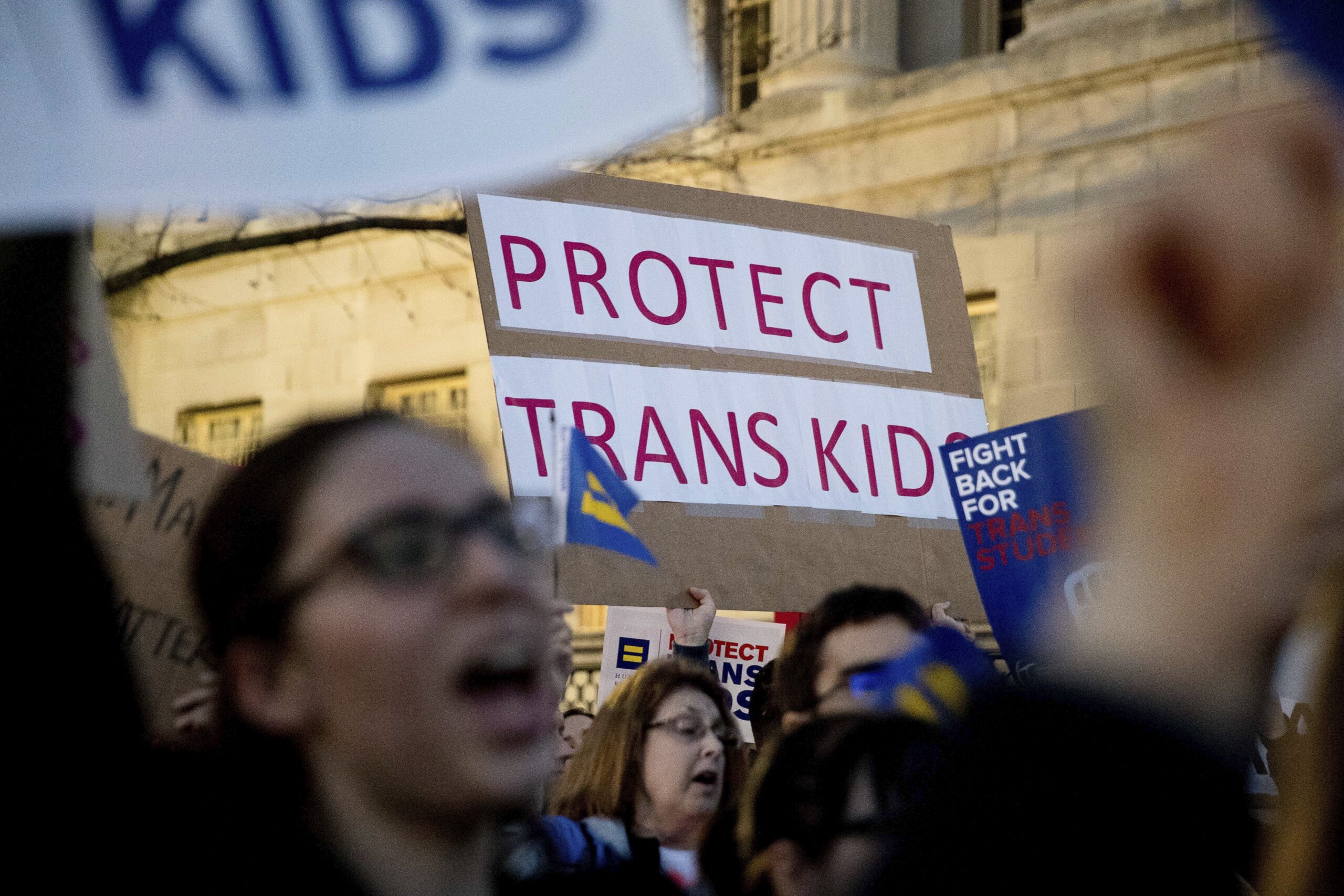Many people may experience anxiety when seeking medical treatment. They might worry about wait times, insurance coverage or how far they must travel to access care.
Transgender and non-binary individuals have an added fear: gender-related discrimination. This can involve being outed due to a name or gender mismatch on an insurance card, being completely denied care or even being left to die.
Most recently, the White House has begun to seriously weigh removing transgender and intersex individuals from definitions of gender completely. If enacted, such a change would almost certainly lead to problems for transgender and non-binary people as they seek a variety of health services. Growing scientific evidence shows that this population faces significant hurdles in many domains, including when seeking medical and mental health care.
Rates of discrimination
Transgender and non-binary individuals are those whose gender does not align with the social expectations connected to the sex they were assigned at birth. Sex, usually assigned male or female at birth, is based on genitalia, while gender is a complete sense of who one knows themselves to be.
It’s difficult to estimate what percent of the population is transgender or non-binary. Gender identity is not included in the U.S. census or on most national or statewide data collection efforts. However, research shows that approximately 0.6 percent of U.S. adults identify with a gender expansive identity, such as transgender, non-binary, genderqueer or agender.
Younger people are more likely to have one of these identities compared to adults. Somewhere between 0.7 and 3.8 percent of high school-aged youth report that they identify as transgender, non-binary or another identity besides the sex they were assigned at birth.
This population has many challenging experiences when compared to individuals who are not transgender. Some problems include employment and housing discrimination, as well as higher rates of partner violence. Many of these experiences are connected to transphobia, or discrimination against transgender and non-binary individuals.
Health researchers such as myself have been working to better understand the discrimination that this group faces in medical settings. For example, approximately one-fifth of transgender and non-binary individuals have been denied equal treatment when trying to access doctors or hospitals.
Discrimination can come in many different forms. Medical providers might assume that all health issues are correlated with one’s gender identity — for example, assuming that pneumonia is somehow connected to hormone use, or that all anxiety must be due to being transgender. These and other such issues are often referred to as broken arm syndrome. Others might be refused care, or experience harmful language or harassment.
These experiences of discrimination are elevated for transgender and non-binary people of color and people with disabilities. This is true not only in medical settings, but in places like mental health centers, domestic violence centers, drug treatment programs and rape crisis centers. In fact, those with multiple types of disabilities — whether physical, socioemotional or learning-related — are over three times more likely to experience discrimination in all four settings as compared to non-disabled people.
Making health care more inclusive
Societal stigma and bias can leave transgender and non-binary people feeling marginalized. But there are steps that medical providers can take to promote resiliency and well-being among this population.
Transgender and non-binary individuals have higher rates of depression and thoughts about suicide. They are also significantly more likely to attempt suicide. These increased rates are not due to being transgender, but from dealing with stigma, lack of acceptance and abuse.
One study showed that, when transgender and non-binary individuals had a primary care provider that they considered to be inclusive, they had lower rates of depression and suicidal thoughts. About 54 percent of those without an inclusive provider reported current depression, compared to only 38 percent of those with such a provider.
I believe that medical and nursing schools, social work, counseling and psychology training programs, and community organizations should make a tangible effort to better train all health providers and social service professionals. Staff should have more comfort treating members of this community, especially those who hold multiple marginalized identities, like transgender people of color.
This training could include information on different language used by this community; guidance on how to correctly use a variety of pronouns; or best health care practices for working with members of this community. It could even simply start by providing a basic understanding of the difference between gender and sex.
Training could help reduce these alarming rates of discrimination faced by this community – as well as bolster their overall health and well-being.
Shanna K. Kattari, Assistant Professor of Social Work, University of Michigan
This article is republished from The Conversation under a Creative Commons license. Read the original article.

